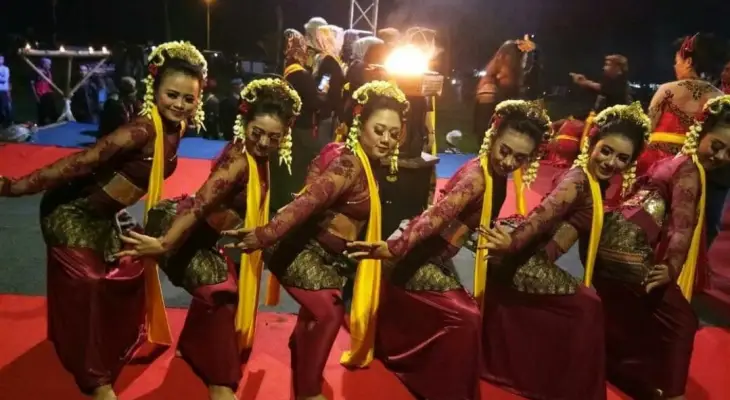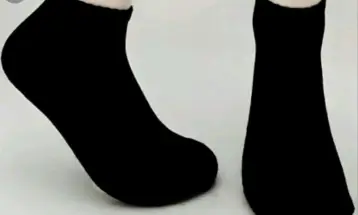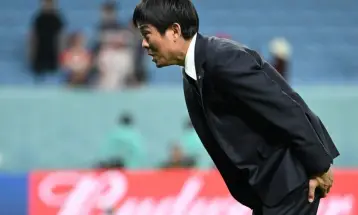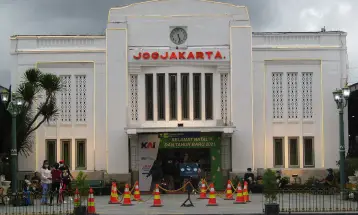History of Ronggeng Dance from West Java

Holiday Ayo - Ronggeng dance is a dance art from West Java that has been attached to the community since ancient times, although it was once considered a negative art and violated societal norms because its movements tend to be sensual and seductive.
Although it is often associated with mystical and scary things, this dance which is not only developed in the West Java region has strong and interesting artistic and cultural values.
In the past, the ronggeng dance performance was used as a medium of public entertainment which was carried out around the world, but many considered this dance a disguised form of prostitution because of its intimate and erotic movements.
Over time, the ronggeng dance has been widely performed at celebratory events such as weddings and circumcisions with customized appearances. In fact, not infrequently this dance is also used as a welcome dance to welcome guests.
The ronggeng dance performance is accompanied by an accompaniment consisting of a sinden, a group of men wearing sarongs, and gamelan musicians. The musical instruments used to accompany the ronggeng dance are gongs, drum beats, and boning which create a distinctive and heart-fluttering rhythm.
In this case, there are certain rules at the time of the ronggeng performance, namely between the dancer and the performer there should be no direct contact or interaction. In addition, they are also required to have strong physical endurance because the ronggeng dance performance can last for hours.
This dance is accompanied by about 18 songs sung by sinden, the songs include ladrang, grate, ondai, liring, manangis, urung-urung, kudupturi, Sisigaran, raja go home, bird pox, trondol, stump kawung, mangonet, and other.
These songs have something in common, namely that they contain lyrics that contain ancient Javanese poetic poems and have free rhythms. These songs use high notes and are full of sound (legato) with rumpaka as a medium of performance.
The main dancer of the ronggeng is a woman who wears traditional Javanese clothes in the form of a kebaya and batik cloth or kebat as well as a scarf which is used to attract male audiences to be invited to dance together.
Ronggeng dance performances are usually accompanied by several male dancers who wear costumes in the form of a headband, sarong, and a machete tucked in his waist. Ronggeng dance art is rarely found nowadays because of the tradition and difficulty in performing it which makes it difficult for the successors to learn it when the senior ronggeng dancer has died. However, the Ronggeng dance remains as an Indonesian heritage art and becomes part of the culture of this beloved homeland.








Leave a comment